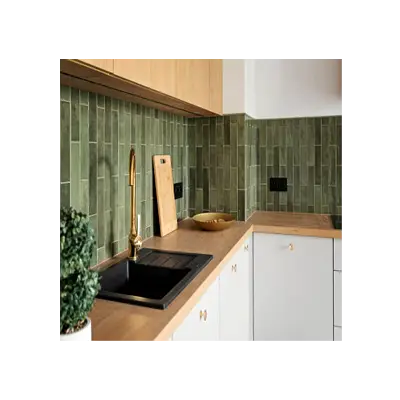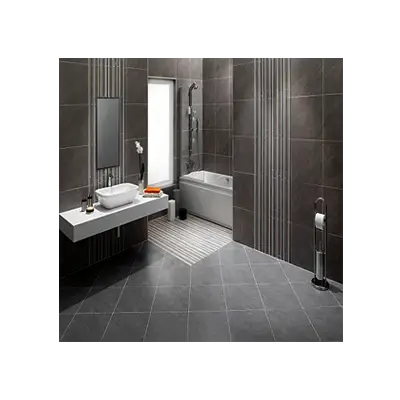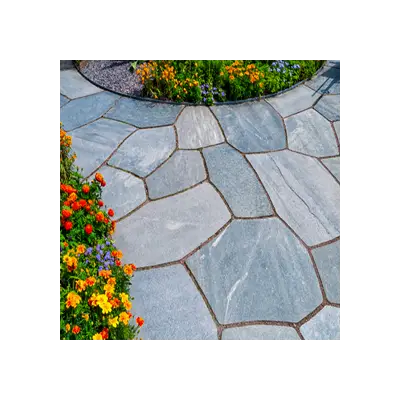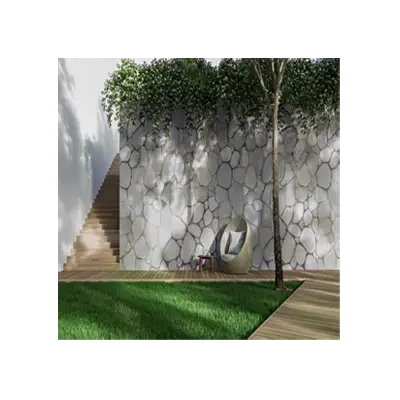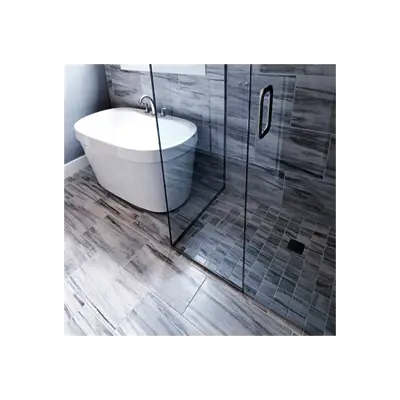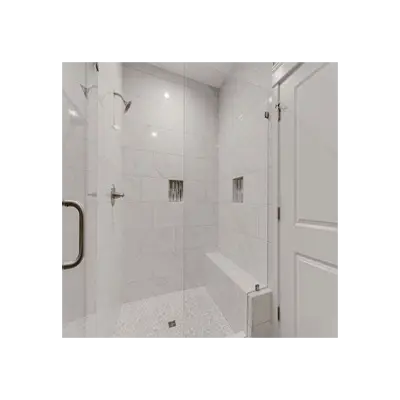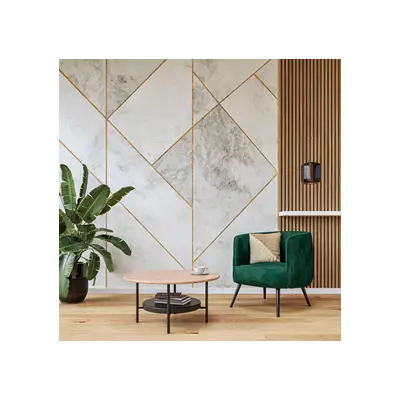Call +(254) 703 030 000 / 751 483 999 / 721 704 777
.....Read More
Frequently Asked Questions
What are the different types of tiles available for flooring and walls?
There are many types of tiles used for flooring and walls, each with unique properties.
Ceramic tiles are a popular choice due to their versatility, durability, and affordability. They are made from clay and other natural materials, fired at high temperatures, and can be glazed or unglazed. They are suitable for various indoor applications.
Porcelain tiles are a type of ceramic tile, but they are denser, less porous, and more durable, making them ideal for high-traffic areas and outdoor use. They are highly resistant to moisture and stains.
Natural stone tiles, such as marble, granite, travertine, and slate, offer a luxurious and unique aesthetic. Each type has distinct patterns and colors, but they often require more maintenance, including sealing, to protect them from stains and moisture.
Glass tiles are commonly used for backsplashes, accent walls, and decorative purposes. They come in a wide range of colors and finishes, reflecting light and adding a modern touch. However, they can be more susceptible to scratches than other tile types.
Cement tiles are known for their matte finish and intricate patterns, often used to create a vintage or artistic look. They are porous and require sealing to prevent staining.
Vinyl tiles are a cost-effective and resilient option, offering good water resistance and comfort underfoot. They are available in various styles, mimicking wood or stone, and are easy to install.
Quarry tiles are unglazed ceramic tiles known for their hardness and slip resistance, making them suitable for commercial spaces, kitchens, and outdoor areas. They have a rustic, earthy appearance.
How do I choose the right tile for my bathroom or kitchen?
Please tell me what topic you would like me to elaborate on.
What are the benefits of using ceramic tiles?
Ceramic tiles offer a multitude of benefits, making them a popular choice for various applications in homes and commercial spaces. One of their primary advantages is durability. Ceramic tiles are incredibly hard-wearing, resistant to scratches, dents, and cracks, which means they can withstand heavy foot traffic and last for many years without significant wear. This makes them ideal for high-traffic areas like kitchens, bathrooms, and entryways.
Another significant benefit is their low maintenance. Ceramic tiles are non-porous and naturally resistant to water, stains, and dirt, making them easy to clean. Spills can be wiped away effortlessly, and regular sweeping or mopping is usually sufficient to keep them looking new. This hygienic quality also makes them an excellent choice for areas where cleanliness is paramount, such as kitchens and bathrooms.
Furthermore, ceramic tiles are highly versatile in terms of design. They come in an extensive array of colors, patterns, sizes, and textures, allowing for endless design possibilities to match any aesthetic preference. Whether you're aiming for a modern, rustic, or classic look, there's a ceramic tile option to suit your vision. They can mimic the appearance of natural stone, wood, or concrete, offering the look without the high maintenance or cost.
Lastly, ceramic tiles are fire-resistant and do not emit harmful fumes, contributing to a safer indoor environment. They also tend to be a more affordable flooring option compared to some natural materials, offering a cost-effective solution without compromising on quality or aesthetics.
How do porcelain tiles compare to ceramic tiles?
Porcelain and ceramic tiles are both popular choices for flooring and walls, but they have distinct differences. Ceramic tiles are made from red or white clay, along with other natural materials, and are fired at lower temperatures. This makes them softer and more porous than porcelain. As a result, ceramic tiles are generally less durable and more susceptible to water absorption, making them better suited for indoor, low-traffic areas like bathrooms and kitchens.
Porcelain tiles, on the other hand, are made from denser clay, often with a higher feldspar content, and are fired at much higher temperatures. This process results in a harder, denser, and less porous tile that is significantly more durable and water-resistant. Porcelain tiles are highly resistant to chips, scratches, and stains, and their low water absorption rate makes them suitable for both indoor and outdoor applications, including high-traffic commercial spaces.
While ceramic tiles are typically more budget-friendly and easier to cut, porcelain tiles offer superior longevity, resistance to wear and tear, and often a more sophisticated aesthetic due to their denser composition and ability to mimic natural stone or wood. The choice between the two often comes down to the specific application, desired durability, and budget.
What is the best way to clean and maintain tiles?
To effectively clean and maintain tiles, regular cleaning is crucial. For everyday spills and dirt, a simple solution of warm water and a mild, pH-neutral cleaner is often sufficient. Mop or wipe down the tiled surface, then rinse with clean water to prevent soap residue buildup, which can attract more dirt. For tougher grime or grout lines, a soft-bristled brush can be used with a grout cleaner or a paste of baking soda and water. Always test any new cleaning solution on an inconspicuous area first to ensure it doesn't damage or discolor the tiles or grout.
Beyond routine cleaning, consider sealing porous tiles like natural stone or unglazed ceramic to protect them from stains and moisture penetration. Resealing may be necessary every few years, depending on traffic and use. For grout, particularly in high-moisture areas like bathrooms, applying a grout sealer can help prevent mildew and discoloration. Promptly wipe up spills to prevent them from setting, and avoid using abrasive cleaners, harsh chemicals, or steel wool pads, as these can scratch or damage the tile surface. Regular maintenance, including sweeping or vacuuming to remove loose dirt and debris, will also prolong the life and appearance of your tiled floors and surfaces.
Are stone tiles suitable for outdoor use?
Stone tiles can be an excellent choice for outdoor use, but their suitability largely depends on the type of stone and the specific climate conditions. Natural stone, such as granite, slate, and some types of limestone, are highly durable and weather-resistant, making them ideal for patios, pathways, and pool surrounds.
Granite is known for its extreme hardness, resistance to scratches, and low porosity, making it highly suitable for areas exposed to heavy foot traffic and moisture. Slate offers a naturally slip-resistant surface, which is beneficial for outdoor areas, especially in wet conditions. Travertine and some limestones are more porous and might require sealing to protect against stains and moisture penetration, particularly in freezing climates where water absorption can lead to cracking.
When selecting stone tiles for outdoor use, consider the climate. In regions with freeze-thaw cycles, opt for stones with low water absorption rates to prevent damage. Proper installation, including a well-drained base and appropriate grouting, is crucial to ensure longevity and performance of outdoor stone tiling.
How do I install tiles on a wall or floor?
Please provide more information about what you would like me to elaborate on regarding "How do I install tiles on a wall or floor?".
What are the latest trends in tile design and colors?
The latest trends in tile design and colors reflect a blend of natural aesthetics, sustainable practices, and innovative technologies. Large-format tiles continue to dominate, offering seamless and expansive surfaces that minimize grout lines, creating a sense of openness and sophistication. These are often seen in neutral tones like greys, whites, and beiges, providing a timeless and versatile backdrop for various interior styles.
Beyond neutrals, earthy and natural colors are gaining traction, including warm terracotta, soft greens, and muted blues, which evoke a calming and organic ambiance. Terrazzo-inspired tiles, with their speckled and varied aggregates, are experiencing a resurgence, adding a playful yet elegant touch. Handcrafted and artisanal tiles, with their unique textures and irregularities, are also popular, bringing character and a bespoke feel to spaces.
In terms of patterns, geometric designs remain strong, offering a contemporary edge, while botanical and abstract motifs are emerging for those seeking a more artistic statement. Three-dimensional and textured tiles add depth and tactile interest, transforming walls into focal points. Furthermore, advancements in digital printing allow for realistic imitations of natural materials like wood and stone, providing durable and low-maintenance alternatives without compromising on aesthetic appeal. Sustainability is also a growing concern, leading to an increased demand for recycled and eco-friendly tile options.
How do I repair or replace damaged tiles?
Please tell me what topic you would like me to elaborate on.
What are the cost differences between various types of tiles?
Please specify what you would like to know regarding "What are the cost differences between various types of tiles?"
